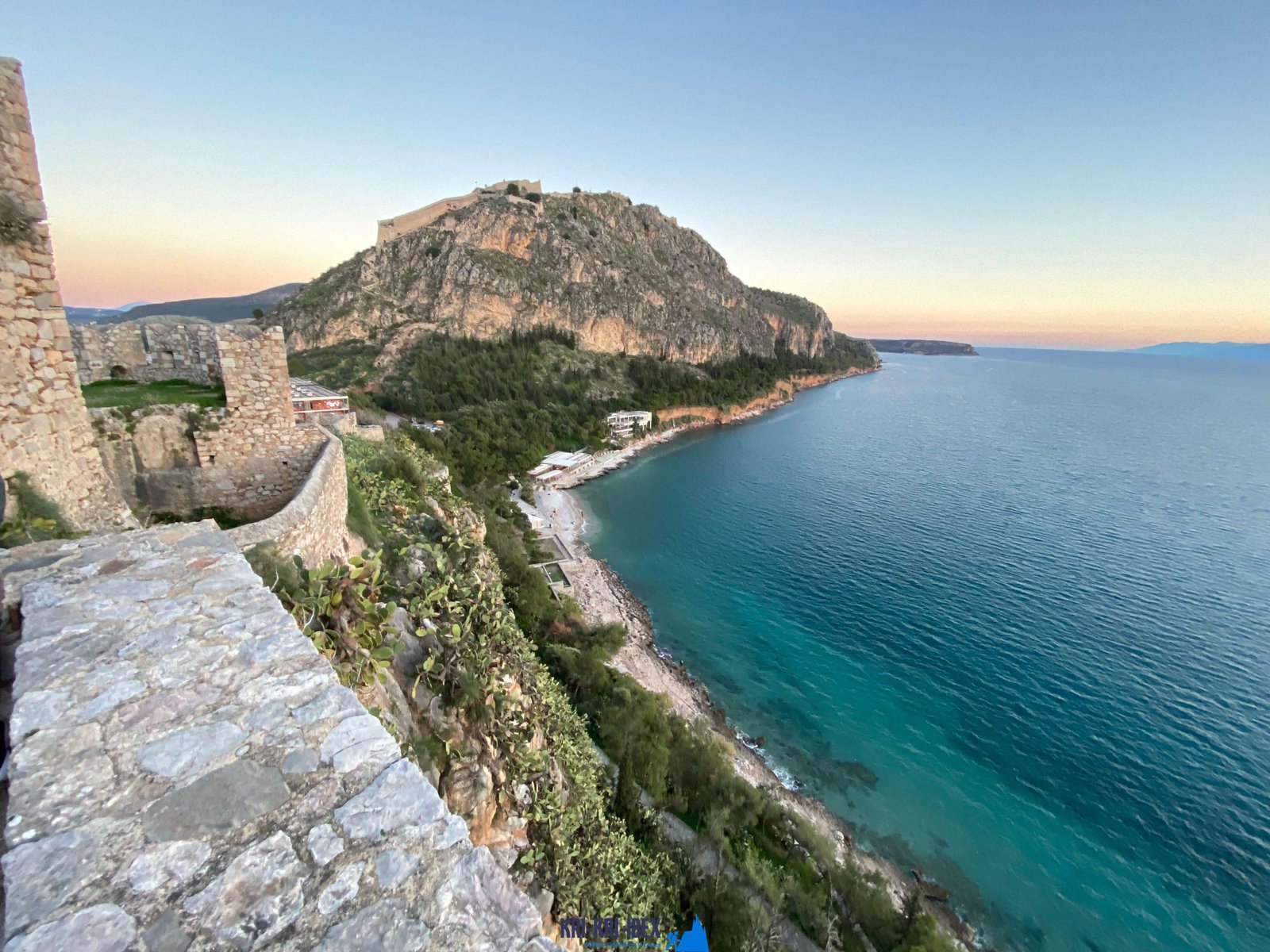Kri kri hunt for prize pets in Greece
Kri kri hunt for prize pets in Greece
Blog Article

The Peloponnese peninsula on the Greek Mainland is often described as the 'real' Greece. This is because it has actually taken care of to stay relatively unblemished by mass tourism and retains much of its traditional beauty. Peloponnese is the area for you if you're looking for an authentic Greek experience. And also what better means to explore this attractive region than on among our exterior hunting, fishing, and also totally free diving tours?

There is no set variety of Ibexes, as the population rises and fall. The Kri-Kri is the tiniest ibex types (Capra Aegagrus Cretica) in regards to body weight, however it has some long horns. Even though some samplings were measured at 115 cm in length, they were not counted in the survey. Searching of the Kri-Kri ibex is presently taking place in Greece. An Ibex gold prize procedures 24 inches long. Searching is permitted on Atalanti and also Sapientza islands. On Atalanti, hunting is permitted from the last week of October to the initial week of December. Hunting in Sapientza is permitted the entire month of November, thinking the weather condition agrees with.
Our exterior searching, fishing, and also totally free diving scenic tours are the best means to see every little thing that Peloponnese needs to provide. These trips are created for travelers that intend to get off the beaten path and truly experience all that this incredible region has to use. You'll get to go searching in some of the most beautiful wilderness areas in Greece, fish in crystal-clear waters for a variety of different types, as well as cost-free dive in several of one of the most sensational coast in the Mediterranean. And also best of all, our experienced guides will be there with you every action of the means to make sure that you have a risk-free and also satisfying experience.
Look no even more than the Sapientza island in Greece if you are looking for Kri Kri ibex hunt as well as memorable vacation location. With its spectacular natural beauty, tasty food, and also rich society, you will not be dissatisfied. Schedule among our hunting as well as visiting Peloponnese Tours from Methoni today, dot neglect your trophy Kri Kri ibex!
What is the diference between Kri Kri ibex, Bezoar ibex and hybrid ibex
The kri-kri is not thought to be indigenous to Crete, most likely having been imported to the island during the time of the Minoan civilization. Nevertheless, it is found nowhere else and is therefore endemic to Crete. It was common throughout the Aegean but the peaks of the 8,000 ft (2,400 m) White Mountains of Western Crete are their last strongholds–particularly a series of almost vertical 3,000 ft (900 m) cliffs called ‘the Untrodden’—at the head of the Samaria Gorge. This mountain range, which hosts another 14 endemic animal species, is protected as a UNESCO Biosphere Reserve. In total, their range extends to the White Mountains, the Samaria National Forest and the islets of Dia, Thodorou, and Agii Pandes.
This Ibex is NOT a diminutive form of the Bezoar Ibex, which has migrated into the western-most reach of the range of this species. The kri – kri (Capra aegagrus cretica), sometimes called the Cretan goat, Agrimi, or Cretan Ibex, is a feral goat inhabiting the Eastern Mediterranean, previously considered a subspecies of wild goat. The kri-kri has a light brownish coat with a darker band around its neck. It has two horns that sweep back from the head. In the wild they are shy and avoid tourists, resting during the day. The animal can leap some distance or climb seemingly sheer cliffs.
“The agrimi goat Capra aegagrus cretica is unique to Crete and its offshore islands. It has been identi®ed as a sub-species of the wild bezoar goat Capra aegagrus aegagrus Erxleben, 1777, which it closely resembles in horn shape, body form and coloration. This classi®cation has been disputed by some researchers who claim that the agrimi are feral goats, derived from early domestic stock brought to the island by the ®rst Neolithic settlers. In order to clarify this issue, DNA analyses (cytochrome b and D loop sequences) were carried out on tissue of live and skeletonized agrimi and compared to sequences of wild and domestic caprines. Results conclusively show the agrimi to be a feral animal, that clades with domestic goats (Capra hircus) rather than with wild Asiatic bezoar. This study demonstrates that morphometric criteria do not necessarily re¯ect genetic af®nities, and that the taxonomic classi®cation of agrimi should be revised.”
Report this page